
Alternate cover test American Academy of Ophthalmology
Various screening tests are used in primary care to identify vision abnormalities in children, including: the red reflex test, the cover-uncover test, the corneal light reflex test, visual acuity.
Cover test American Academy of Ophthalmology
A cover test or cover-uncover test is an objective determination of the presence and amount of ocular deviation. It is typically performed by orthoptists, ophthalmologists and optometrists during eye examinations.. The two primary types of cover tests are: the alternating cover test; the unilateral cover test (or the cover-uncover test).
20202021 BCSC Basic and Clinical Science Course™
The cover test is a measurement of eye posture (or eye alignment). The test is performed in two steps. First, the clinician covers an eye with a hand or paddle and looks for movement of the fellow eye. The cover paddle is then removed, and the clinician looks for movement of the previously covered eye. This step is called the cover-uncover test.

¿Qué es el Cover Test? Área Oftalmológica Avanzada
In infants and children up to three years of age, visual assessment can be accomplished using fixation testing or the cover-uncover test . 13 A toy is used as a fixation target to hold the child's.
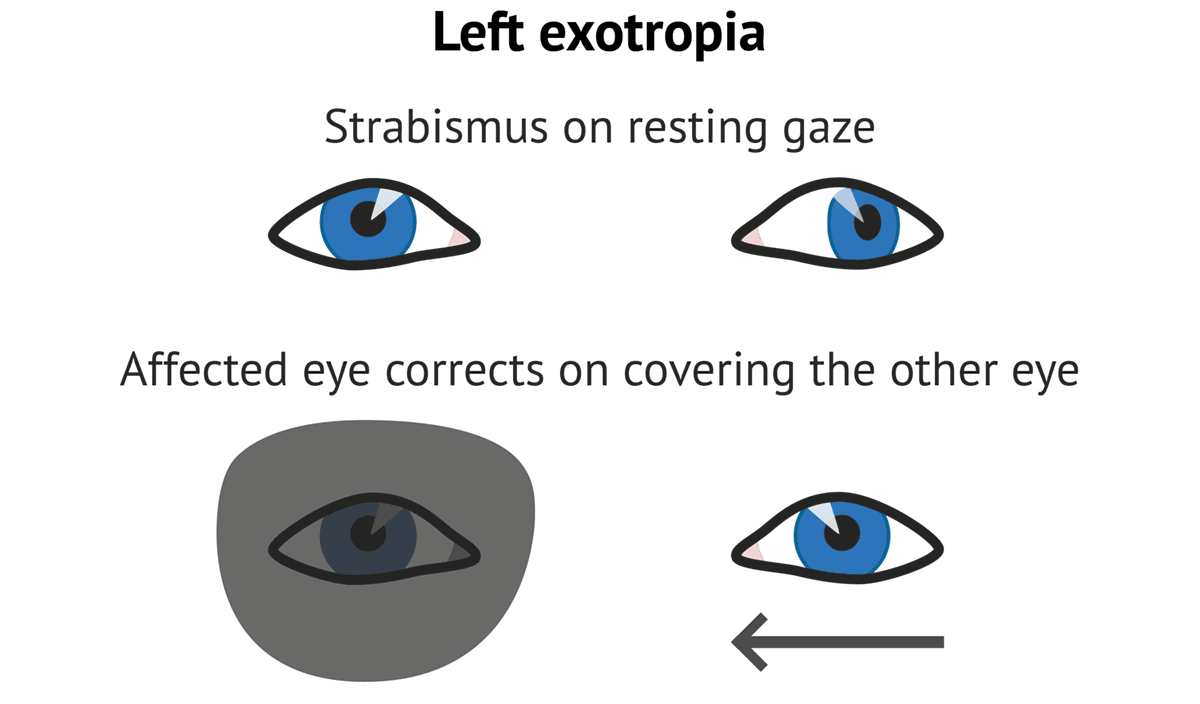
Cover Test Signs MedSchool
Uncover test: The uncover test detects heterophoria. After covering an eye for 2 to 3 seconds, the same eye movement is observed on uncovering. This test is done for both distance and near. Most examiners do the cover test and uncover test sequentially; hence, it is called the "cover-uncover" test.
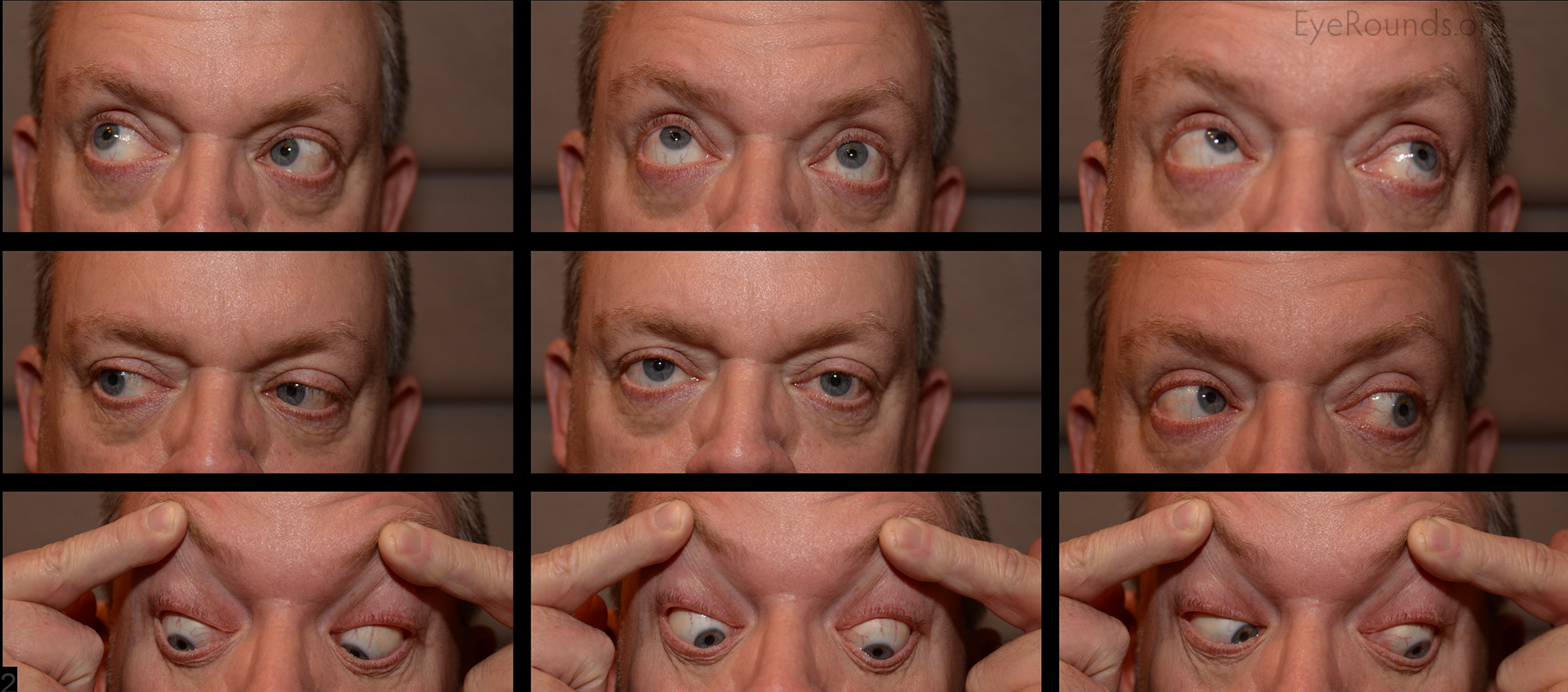
Cranial Nerve IV (Trochlear Nerve) Palsy
Cover-uncover test. See which eye is dominant, and if the deviation is manifest/tropic. Alternate cover test. See the entire potential deviation: tropia and phoria.. Simultaneous prism cover test. Measure only the tropia component. Watch the video tutorial for an overview of all features and functions in the simulator. Go through the.

Pediatrics and Strabismus Review questions in ophthalmology
The cover-uncover test is generally performed first. The cover-uncover test is useful to identify a tropia and differentiate it from a phoria. The test is done by using an opaque or translucent occluder to cover one eye. The occluder is held in front of the eye for a few seconds and then removed. When the fixing eye is occluded, the examiner.
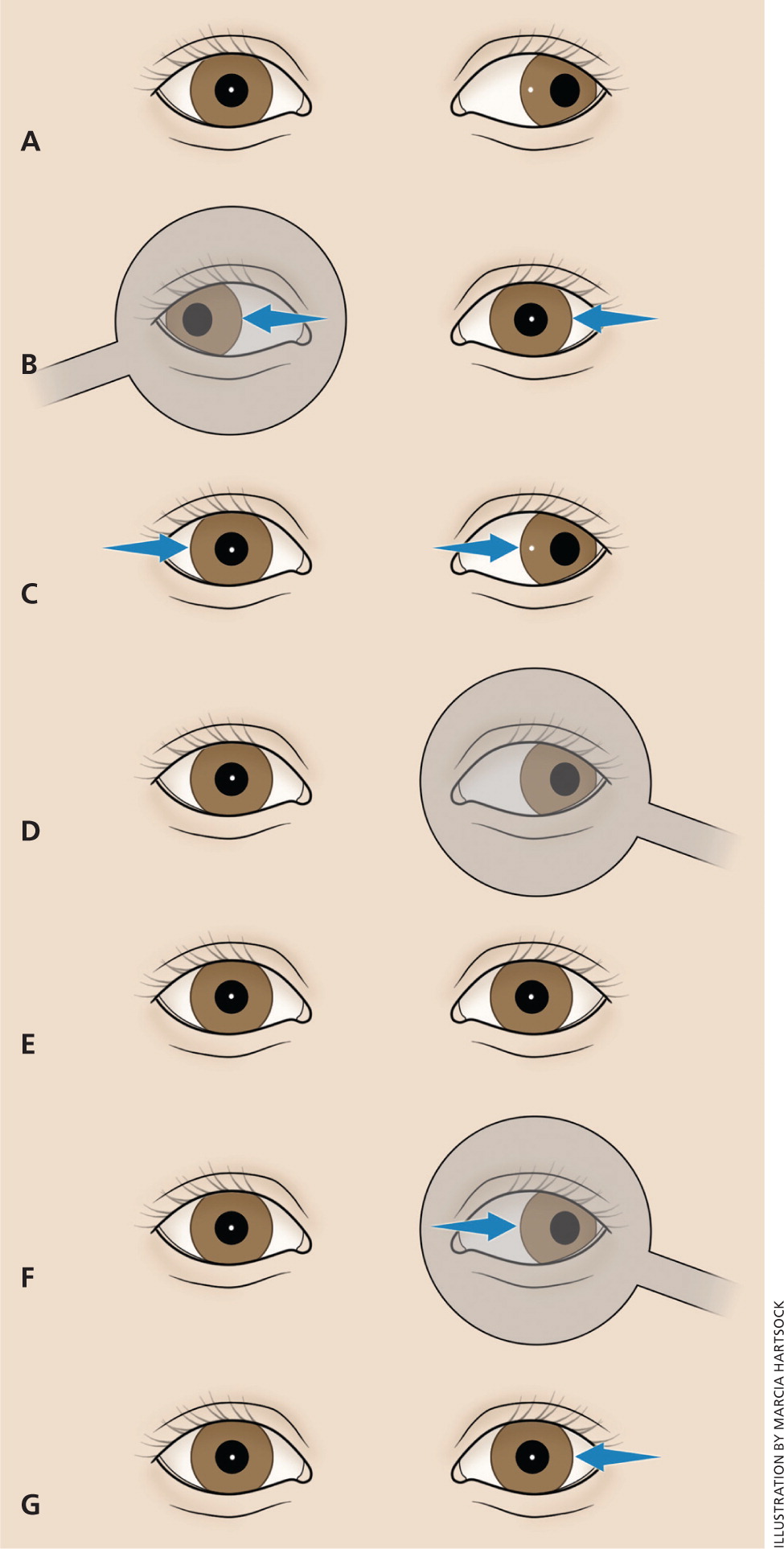
Childhood Eye Examination AAFP
Cover test Cover-uncover test (a.k.a. alternate cover test) The cover-uncover test is used to differentiate if a misalignment is either a tropia or a phoria; that is, if the above cover test demonstrates no tropia, it is used to determine if a phoria (i.e. latent strabismus) is present. Large ones can be associated with asthenopia (i.e. eye strain) and diplopia.
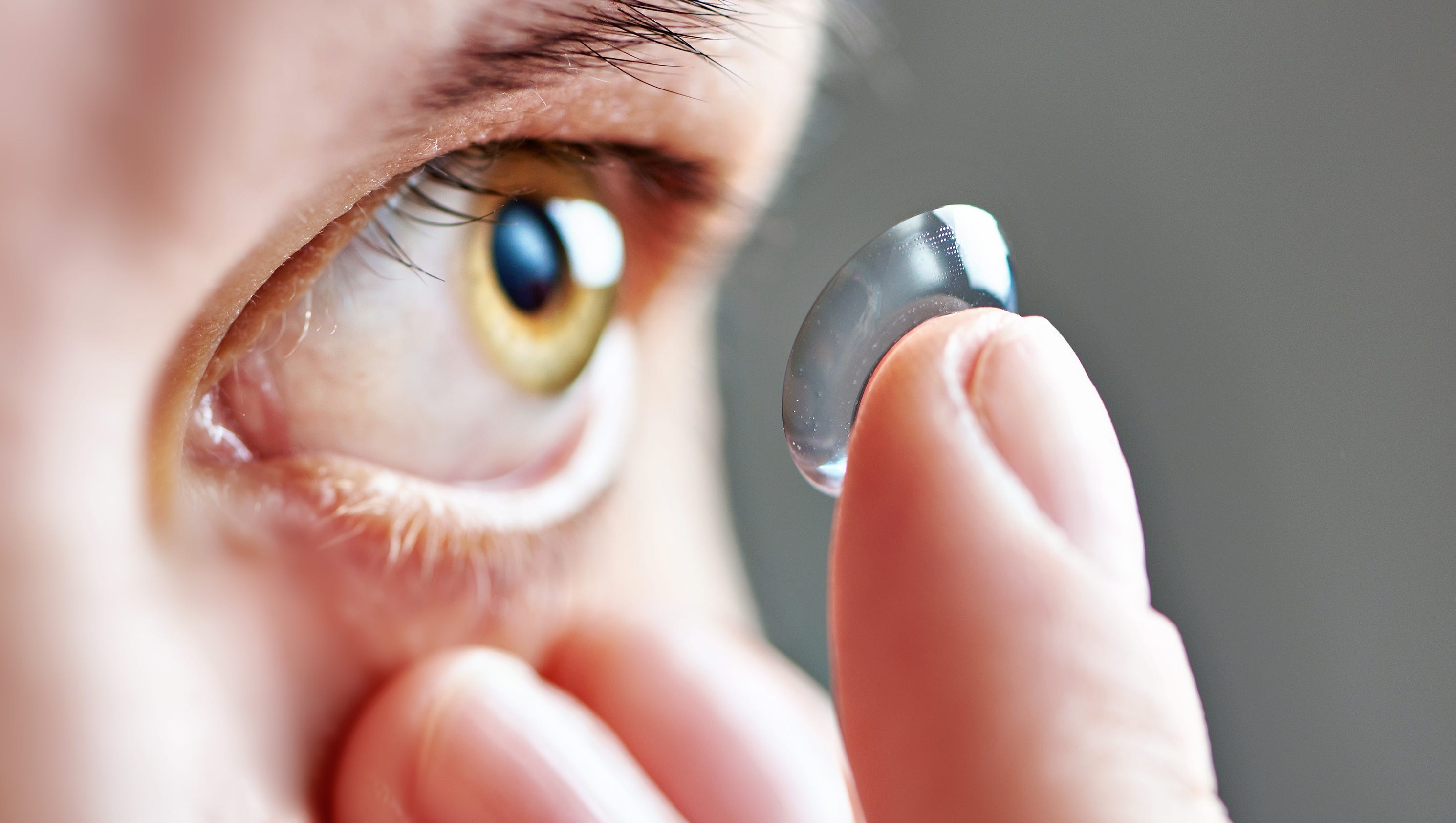
Doctors find 27 contact lenses lodged in woman's eye, journal reports
A test called a cover/uncover test may also be done. You will look at a distant object and the person doing the test will cover one eye, then after a few seconds, uncover it. You will be asked to keep looking at the distant object. How the eye moves after it is uncovered may show problems. Then the test is performed with the other eye.
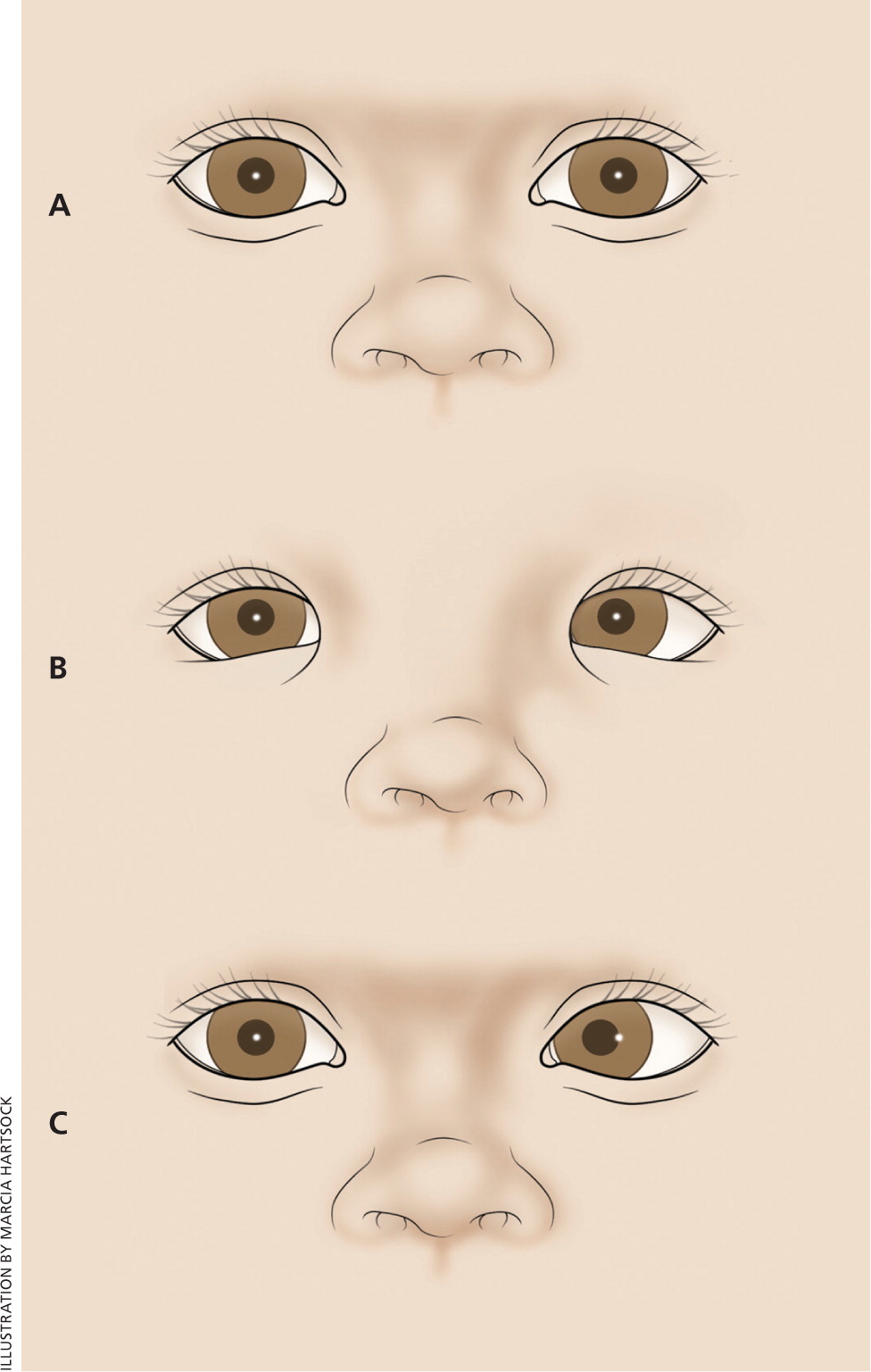
Childhood Eye Examination AAFP
A quick demo of how a cover test and a cover-uncover test is done on someone with a latent strabismus (exophoria)
Strab Intro
Use the cover/uncover test to assess for heterotropias. Use the alternate cover test to assess for the total amount of deviation. This amount minus any heterotropia is the amount of heterophoria. 4. Intraocular pressure. Goldmann applanation tonometry is the gold standard and should be used in the clinic whenever possible.

Clinical Reasoning A 55yearold woman with vertigo Neurology
In the cover-uncover test, a cover is placed over one eye for one to two seconds while the child's attention is called to the target. The cover is then removed rapidly, and the previously covered.

Applied Sciences Free FullText Intelligent Evaluation of
Cover-uncover test for heterophoria: Cover one eye for 1-2 seconds. Uncover the eye and observe it for a shift in fixation. Refixation movement of the occluded eye on being uncovered: heterophoria; Alternating cover test: Cover one eye for several seconds , then cover the other eye, and begin alternating back and forth between the two.
Uncover iHeart
The cover-uncover test is done first to determine if a patient has either a phoria or a tropia. The alternating cover test, on the other hand, is used to measure the magnitude and direction of a deviation, regardless of whether it is a phoria or a tropia. 3. Unilateral Cover Test (UCT) Purpose and Setup.
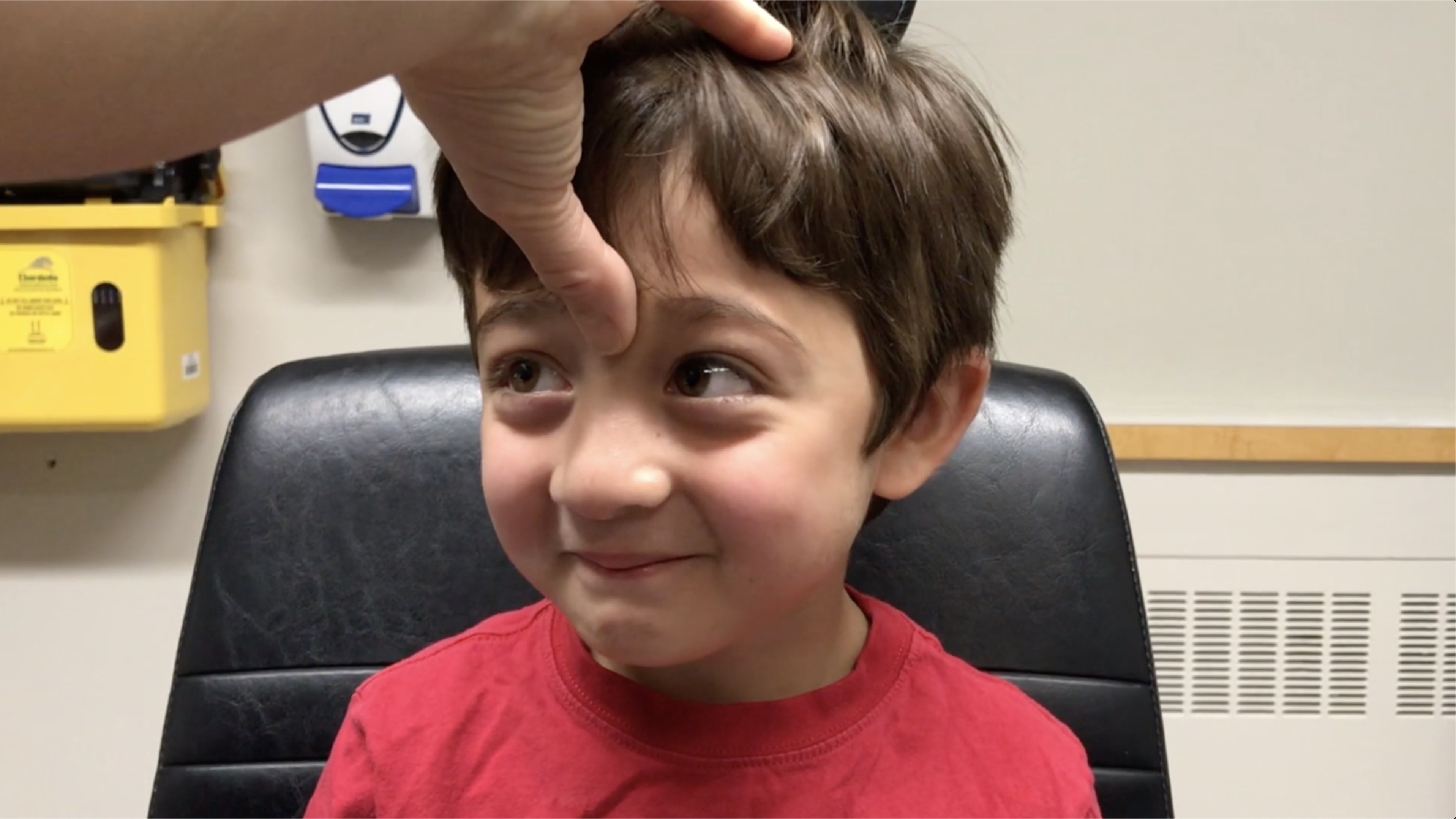
Strabismus & Extraocular Movements Department of Ophthalmology
The cover-uncover test is equivalent to the unilateral cover test but now the examiner observes the movements of the occluded eye when the cover is removed. If heterophoria is present, the covered eye moves to its heterophoric position and when uncovered, the eye makes a movement in the opposite direction to recover fixation..

Ilustración de Strabismus O Condición De Visión De Ojos Cruzados
The Cover-Uncover Test This test is based on evoking a fixational eye movement. In nearly all cases of ocular misalignment, one eye fixates the target while the other deviates. If the fixating eye is covered, the deviating eye will move to fixate the target. This test requires good vision and an attentive patient.